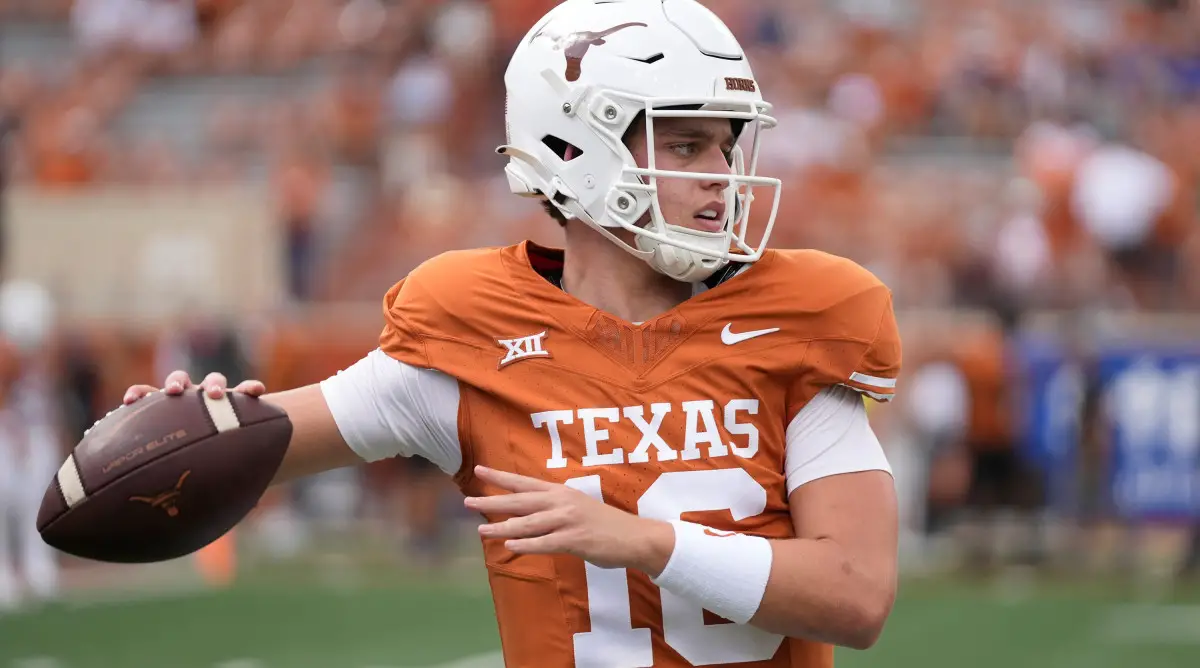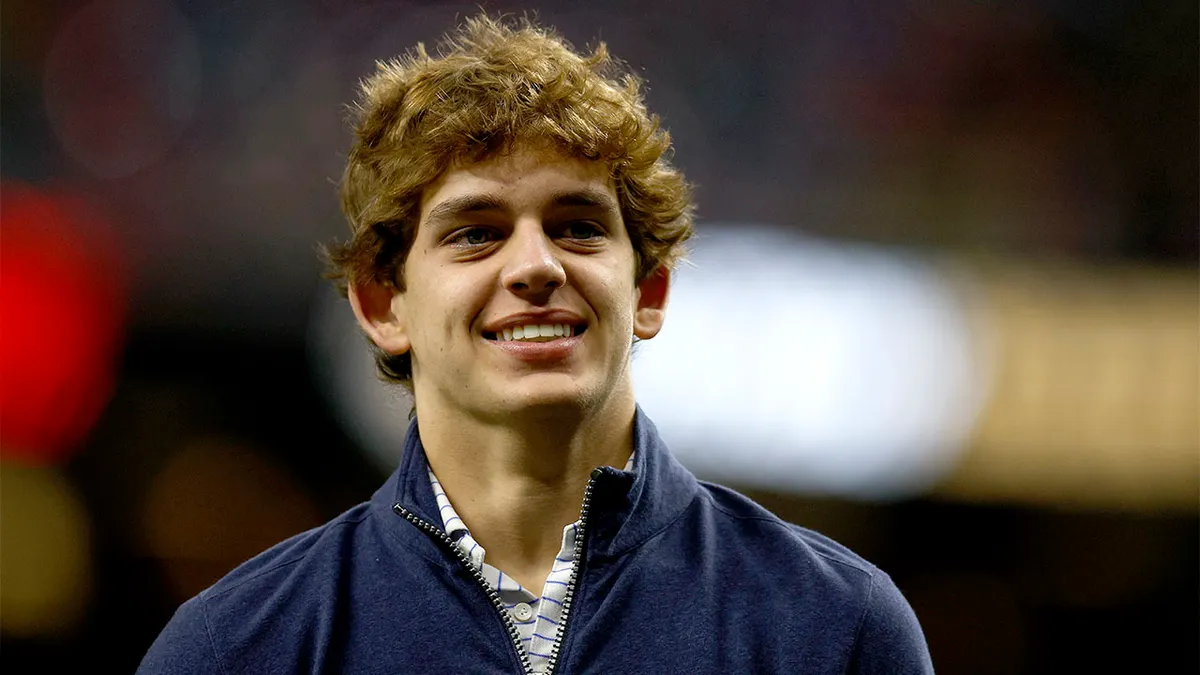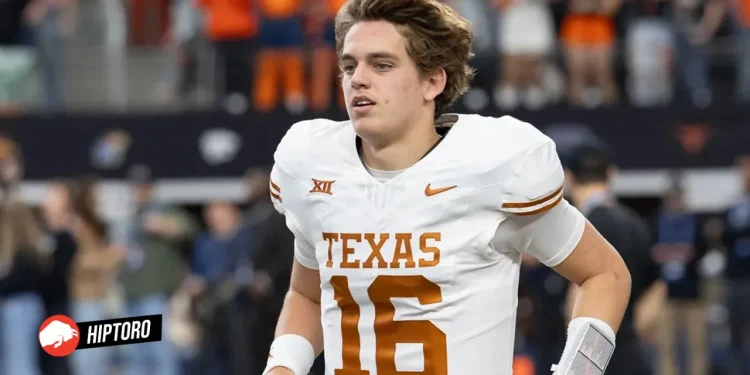In a move that has sent ripples through the college football and gaming communities, Arch Manning’s decision to bypass EA Sports College Football 25 has emerged as a focal point of heated debates.
This choice by Manning, a scion of the revered Manning football dynasty, not only diverges from the norm but also invites a deeper analysis of its implications on his burgeoning career and the broader landscape of athlete branding in the digital age.

The Debate Unfolds, A Calculated Move, or a Missed Opportunity?
At the heart of Manning’s decision lies a complex interplay of personal branding, market positioning, and future aspirations. Critics and supporters alike are dissecting the nuances of his choice, questioning whether it reflects a strategic masterstroke or a potential blunder in managing his public persona and career trajectory.
Arch Manning’s EA Sports Withdrawal
The sports world was abuzz when news broke of Arch Manning’s withdrawal from the upcoming installment of the popular EA Sports College Football series. Opinions were quick to form, with some viewing it as a questionable public relations move.
“I don’t think it’s a good PR decision for Arch Manning,” pointed out a critic in a widely shared social media reaction, highlighting the departure of Manning from the path taken by over 10,000 other players who have embraced the game and its role in amplifying athlete profiles.
However, Manning’s decision is not without its rationale. The young quarterback’s reluctance to join the game until he feels he has established himself as “the guy” at Texas speaks volumes about his approach to career and image management.
With a singular endorsement deal with Panini America to his name, Manning’s actions suggest a preference for substantial on-field achievements over premature virtual representations.
Arch Manning is more important to EA Sports than the the College football game is to him. That last name carries weight & this family knows it. This is football’s first family. The Manning’s were powerful enough to manipulate the top 5 of the 2004 draft seamlessly.
Arch’s goals… pic.twitter.com/OPZJrtcS5y
— Ryan Clark (@Realrclark25) March 7, 2024
Arch Manning’s Branding, Strategy Over Visibility
Arch Manning’s choice sets a new precedent in the realm of Name, Image, and Likeness (NIL) partnerships and athlete branding. By prioritizing strategic career moves and brand integrity over immediate gains, Manning is carving out a new path for future athletes.
His approach challenges the traditional rush towards visibility and endorsements, advocating instead for careful cultivation of one’s public persona and professional journey.
ESPN’s Mark Schlabach encapsulates this sentiment, highlighting Manning’s desire to wait until his real-world accomplishments eclipse his potential digital fame. This vision for a carefully managed ascent in the sports world may indeed set a new standard for how emerging athletes navigate their public and professional identities.

Arch Manning’s Withdrawal, A Branding Revolution in College Football
Arch Manning’s strategic withdrawal from EA Sports College Football 25 is more than a personal choice—it’s a commentary on the evolving dynamics of athlete marketing and branding. By placing a premium on authenticity and long-term brand development, Manning is signaling a shift in how athletes engage with their public personas and commercial opportunities.
This move has sparked a conversation around the balance between immediate visibility and the construction of a lasting legacy. As the sports community continues to digest the ramifications of Arch Manning’s decision, one thing is clear: the playbook for athlete branding in the era of digital media and NIL partnerships is being rewritten.
In the ever-changing landscape of sports, marketing, and media, Arch Manning’s choice represents a pivotal moment. It beckons us to consider the value of patience, strategic planning, and the pursuit of genuine achievements over the allure of instant recognition.
As the debate rages on, the implications of Manning’s decision will undoubtedly continue to influence discussions on athlete branding and marketing strategies for years to come.

Sources: Essentially Sports









